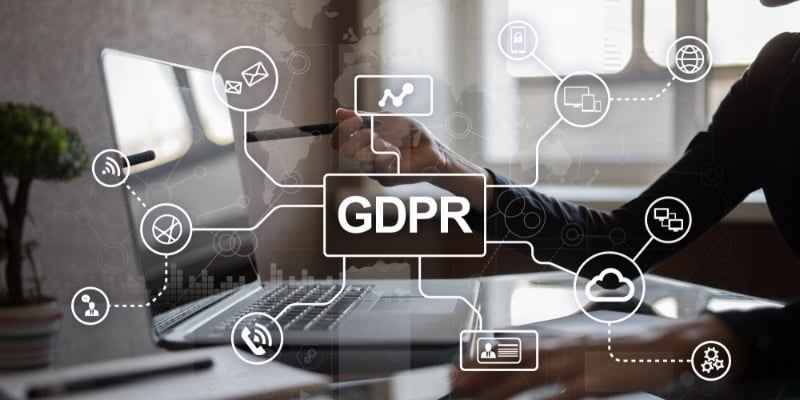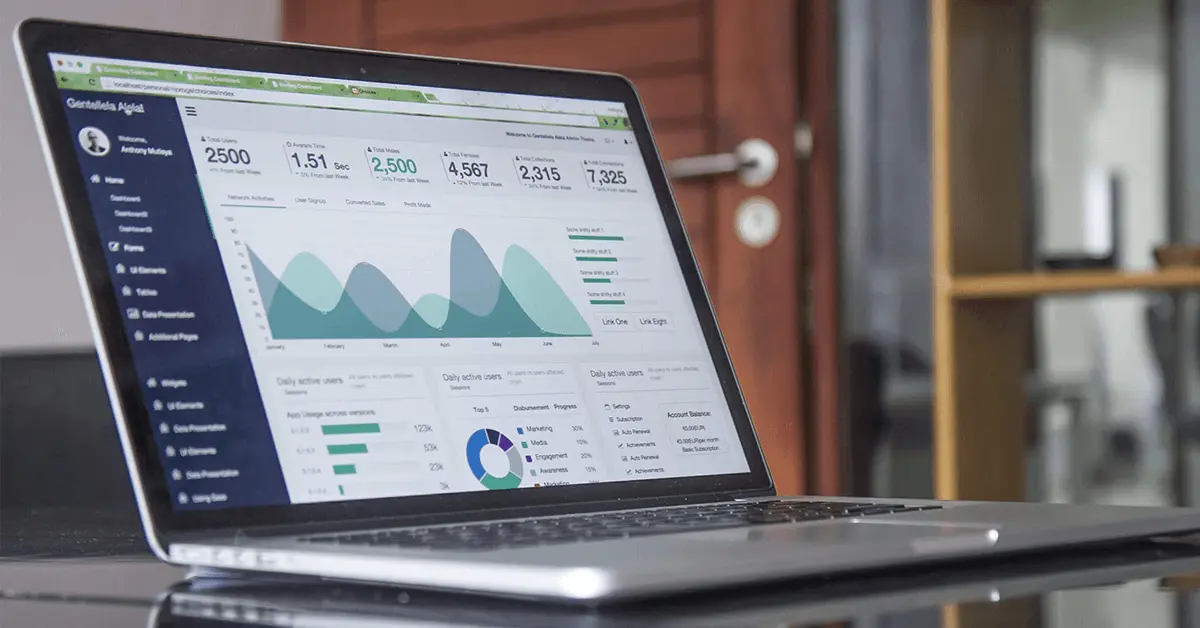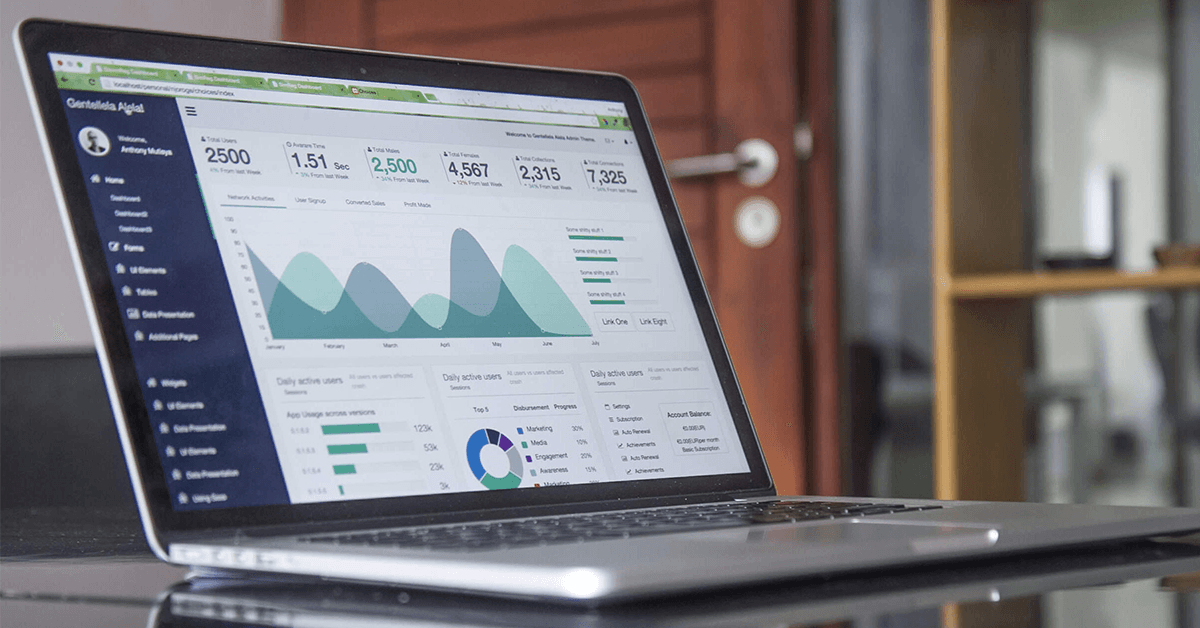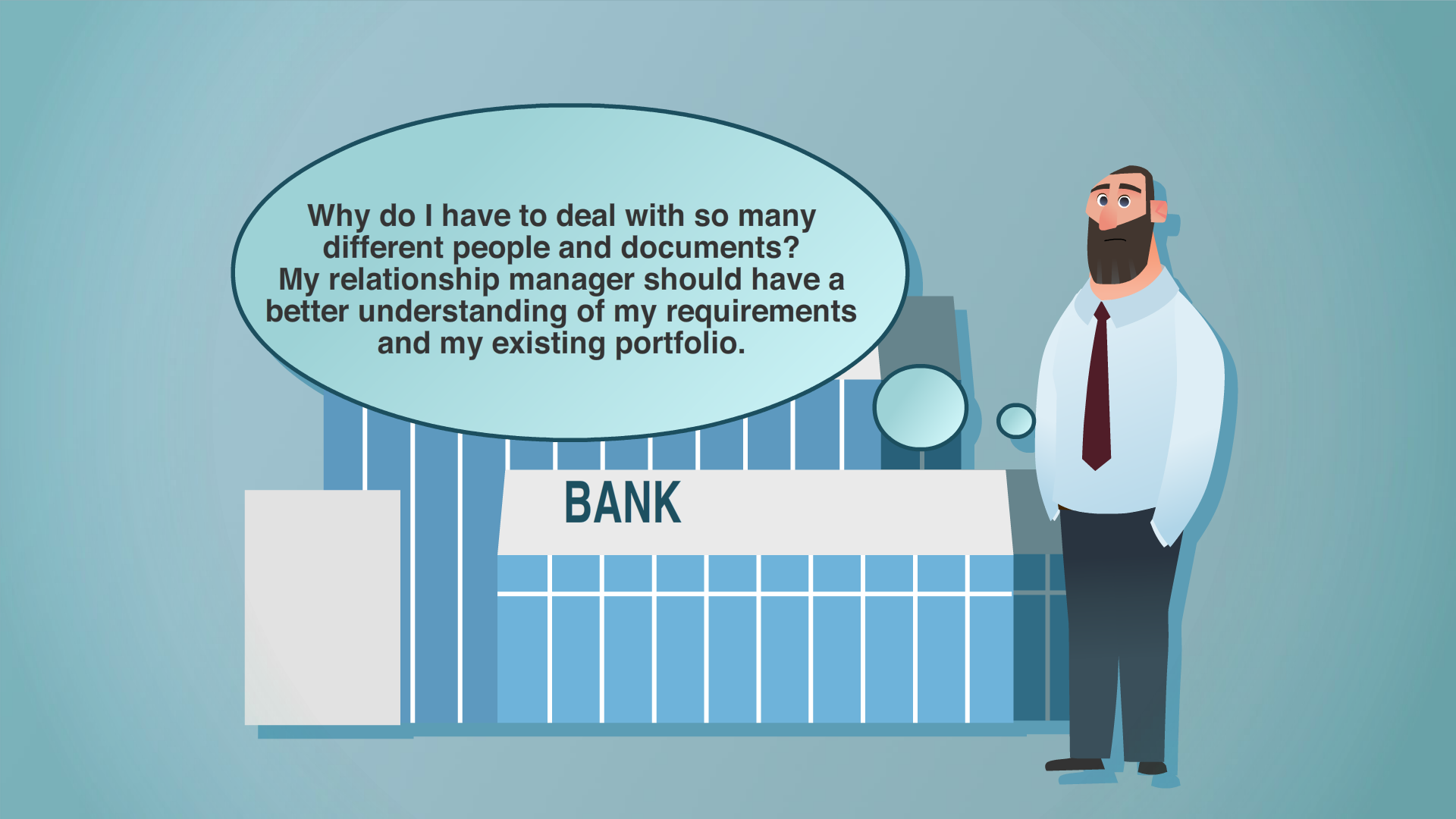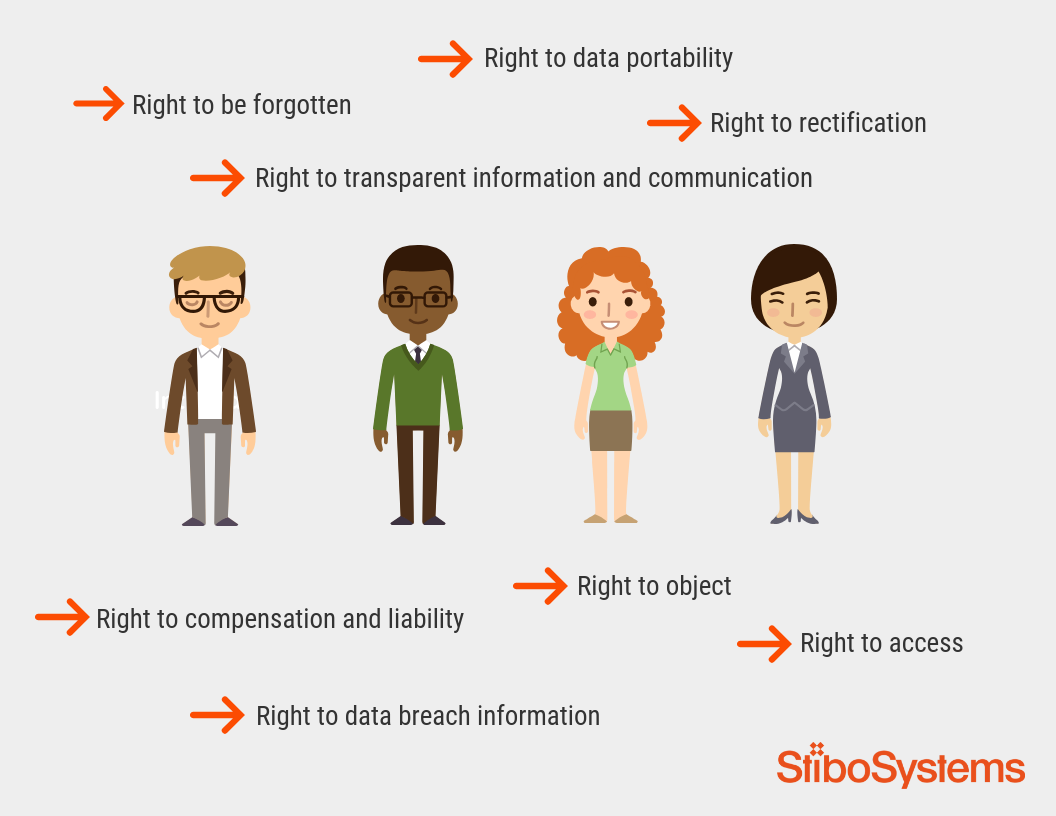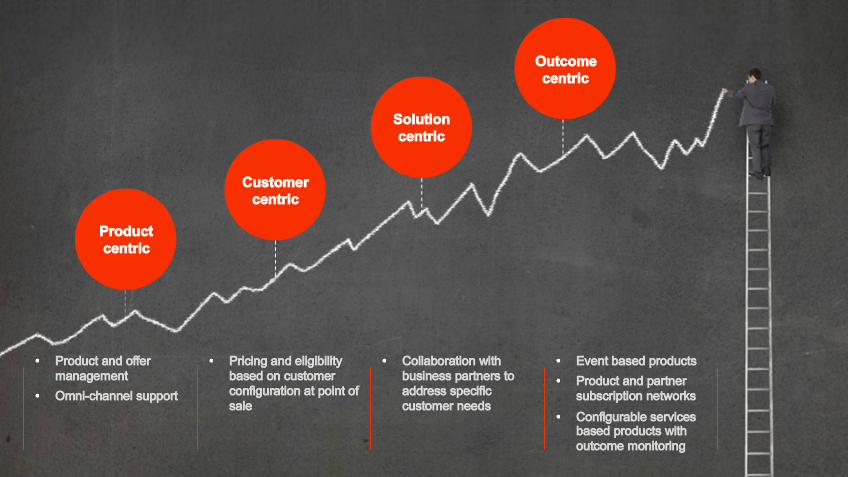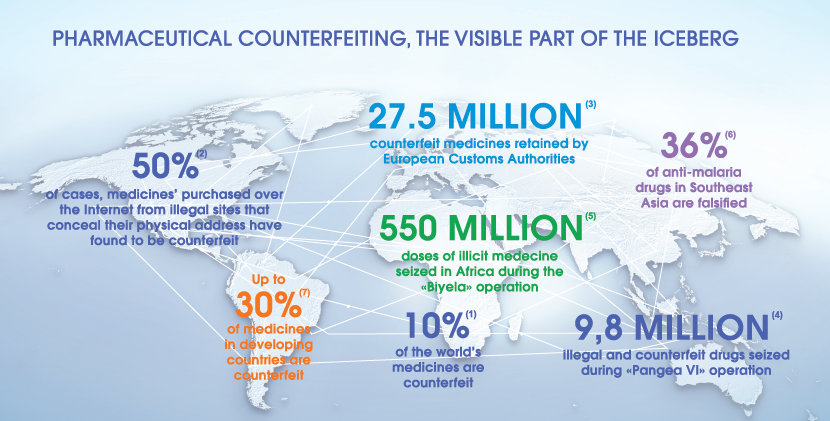Your customer data is scattered across all kinds of platforms and systems. Trying to patch it together into one, usable customer profile is... complex.
Imagine if all this fractured data could be collated in one place – one single source of truth. So, if you found contradictory data on a customer, you would know that THIS is the version that is correct and trustworthy.
THAT is your golden record.
Your “single source of truth” or “single customer view”. It’s an important concept to know if your work involves managing customer data, and in this blog post we’ll cover all the basics.
Because if you’re still one of the companies that are not able to create a golden record, now is the time to fix that.
- You’re missing sales opportunities
- You’re losing customers
- You’re severely increasing the risk of regulatory non-compliance
- You’re generally making worse decisions about your customers
If you’re a large organization, the stakes are high and the need for a golden record only increases as you add systems, data and customer profiles.
So, let’s not waste any time. Let’s go through golden records in a bit more detail, why they are important and how to work with them, at a high level. First of all, in more depth:
What is a golden customer record?
Today, your customers are interacting with your business across more platforms than ever, with their data stored across multiple systems within your business.
- CRMs
- ERPs
- Social media
- Marketing automation platforms
- Customer service platforms
- E-commerce platforms
- Loyalty programs
- Point-of-sale (POS) systems
The list goes on. On the same customer, in these different systems, you can have duplicates, gaps, contradictory information or other irregularities. So which version(s) should you trust, and when?
Two quick examples
Let’s take two examples from the insurance industry.
Client A, who has life insurance, could be the husband of client B, who has critical health insurance. But disconnected domains store this information as though they were unrelated entities.
And:
Client A purchased car insurance and, separately, medical insurance. But because the records are not exact matches, you end up with multiple accounts of the same customer.
The result is a series of disjointed service, sales and marketing actions that do nothing for your reputation as an insurance provider who puts the customer at the heart of everything they do.
What you want to create is a truly personal experience. You also want to support regulatory processes and sell as much as possible to every customer. For that to happen, you do need to see these separate records as one.
The result of consolidating all accounts of a single customer down to just one single record is a golden record.
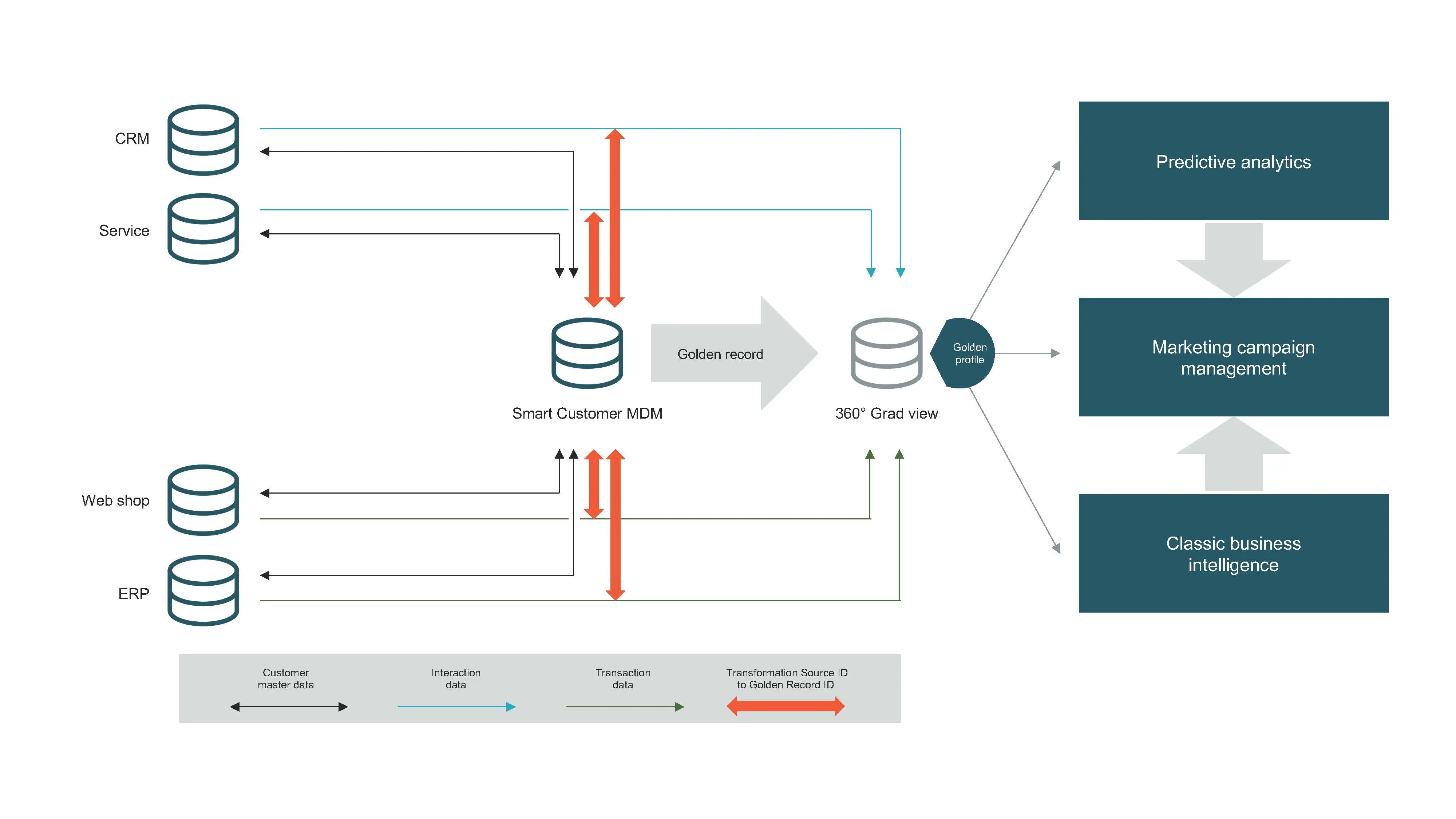
4 key reasons to have golden customer records
1. Increase sales
With a single view of the customer, you understand their needs better – meaning you can make better product recommendations and upsell them on products they may need. And in general, your customers will be happier.
A study by InfoQuest found that a “totally satisfied customer” contributes 2.6 times more revenue than a “somewhat satisfied customer”. And even better: A “totally satisfied customer” contributes 14 times more revenue than a “somewhat dissatisfied customer”.
At a more technical level, you can set up automated sales processes that trigger actions based on customer activity. This means you'll never miss a sales opportunity because the right engagement happens automatically at the right time.
2. Boost customer retention
Since you can personalize your customers’ experiences, anticipate their needs and build a stronger relationship with them, they will feel appreciated. That’s how you build loyalty.
Without the golden records, it becomes difficult to offer things like product recommendations based on their past purchases or proactively reaching out with support just when they need it. And while not being able to offer this is bad, giving them the wrong recommendations can be catastrophic.
Only with the golden records, where you understand their individual journeys and preferences, can you create truly customer-centric experiences through initiatives such as:
- Personalized recommendations
- Proactive customer service
- Targeted communication
- Loyalty programs
3. Support regulatory control
With regulations like GDPR – which will only become more commonplace to protect customer information – you need reliable systems that keep you compliant.
With a single, accurate view of all customer data, this becomes infinitely easier. You can track consent, manage data access and ensure data quality, all in one place.
It’s like a compliance command center. It helps you stay organized and in control, reducing the risk of violations and costly penalties.
- Easier data access and management
- Improved data quality
- Streamlined compliance processes
- Reduced risk of violations
4. Make better business decisions related to customers
With data on each customer spread out across different systems and departments, your decision-making capabilities are severely hindered. Data and organizational silos prevent you from generating the right insights, and you will have far less confidence in your decisions.
The golden record, with all that customer data in one place, gives you a clear and complete picture of their behavior, preferences and needs. This lets you, for example:
- Identify your most valuable customers
- Understand customer buying patterns
- Predict future behavior
- Develop targeted marketing campaigns
- Improve product development
Customer data becomes actionable intelligence. And that actionable intelligence you can use to satisfy customers, increase revenue and grow your business.
How to make sure your golden records remain reliable over time
Maintaining accurate and up-to-date customer information is an ongoing effort. It's crucial for delivering exceptional customer experiences and making informed business decisions.
Following are the most common challenges in doing so, and how to overcome them.
Maintaining data quality
Data quality is the foundation of trustworthy golden records. And with huge volumes of data being entered manually, errors will creep in – so you need regular cleaning and maintenance. Some tips:
- Use automated data quality tools that can identify and correct errors, inconsistencies and duplicates in real-time
- Standardize your data entry processes and formats (you will minimize errors from the start)
- Consider using data enrichment services to fill in missing information and make your records more complete
- Set and monitor clear metrics to track your data quality progress and identify improvement areas
Overcoming data silos
Data silos are a common roadblock, with customer information living in so many systems. When connecting these disparate sources and creating a single source of truth, certain types of platforms could be indispensable:
Master Data Management (MDM) platforms
MDM platforms specialize in creating a centralized repository for all your master data, including customer data. They come with tools for:
- data integration
- data cleansing
- data enrichment
- data governance
All this helps ensure your data is consistent and accurate across your organization.
Customer Data Platforms (CDPs)
CDPs focus specifically on customer data, unifying information from various touchpoints like your website, mobile app and email campaigns. They are good at creating unified customer profiles for personalized marketing and better customer experiences.
Data Integration Tools
There are also other data integration tools or middleware solutions. These can help connect specific systems, transform data into a common format and automate data synchronization.
Ensuring data privacy and security
Since data privacy and security is a top priority, you always need a solid data governance framework with clear policies, procedures and roles for all your data management. Some tips:
- Always use encryption and access controls to protect sensitive information
- Hold regular security audits and vulnerability assessments to identify and address potential risks
- Stay informed about evolving data privacy regulations like GDPR, CCPA and others
Keeping data fresh
Customer data is dynamic – it's constantly changing as customers interact with your brand, update their preferences and move through their lifecycle.
To keep your golden records accurate and relevant, you need a system for continuous monitoring and updating. Some best practices:
- Use automated data refresh processes to capture changes from source systems in real-time
- Ask your customers to update their information through self-service portals or preference centers
- Use data quality tools to identify and flag outdated or suspicious data
- Keep reviewing and cleansing your data to maintain its accuracy
How golden customer records support customer experiences
Your golden records are more than just a source of insights – they're also a powerful tool for creating amazing customer experiences.
So, let's explore how golden records can help you deliver those personalized, seamless and consistent experiences you know your customer want and expect.
Personalization is key
Golden records give you a 360-degree view of each customer. With that clear view of, for example, their preferences, purchase history and past interactions, you can personalize every touchpoint.
This means you can recommend products or services they'll love, tailor your marketing messages to their interests and anticipate what they need before they even ask.
Create the ultimate journeys
Customers interact with your brand across multiple channels – your website, mobile app, social media and physical stores. With golden records, you make sure your customers have a consistent experience across all these touchpoints.
In other words, no more repeating information or starting from scratch every time a customer interacts with a different department.
Build trust with consistency
Consistency builds trust. When customers receive the same level of personalized service and consistent messaging across all channels, they feel you value and understand them. Golden records help you achieve this consistency by providing a single source of truth for all customer interactions.
Why analytics is important with your golden records
Golden records become even more powerful when you use data analytics.
Predict the future with predictive analytics
By analyzing past behavior and interactions, you can build models that anticipate future needs and preferences. This is what you do to proactively recommend products, personalize offers and optimize your marketing strategies.
Segment your customers for targeted engagement
You want reliable and full customer insights that enable you to target specific segments so you can tailor your messaging, offers and support for them. The customers will be more engaged and your campaigns more effective.
Give them hyper-personalized experiences
When you analyze individual customer data, you can create experiences that resonate on a personal level. Recommend products they'll love, offer support just when they need it and tailor your communication to their specific needs and interests.
Act decisively with real-time analytics
With real-time analytics, you can quickly adapt to emerging trends, address customer issues immediately and optimize your strategies exactly when needed.
Use the power of machine learning
Machine learning algorithms can sift through humongous amounts of data and find hidden patterns that would be impossible to find manually. Armed with this, you can do things like predict customer churn, find high-value customers and personalize product recommendations with incredible accuracy.
The future of the golden customer record
As technology evolves and customer expectations rise, golden records will continue to adapt and become even more powerful.
So, what will the future look like? Let’s take a look at the crystal ball.
The rise of real-time data
Customers expect instant gratification, so real-time data is becoming essential for delivering personalized experiences in the moment.
Imagine offering a customer a relevant discount as they browse your website, or proactively providing support when they encounter an issue. For that, you need real-time data processing and analysis capabilities – resources that can capture and act on customer signals immediately.
AI and machine learning
AI and machine learning are revolutionizing data analysis (and a lot more all around us). With these technologies, you can see hidden patterns, predict customer behavior and personalize experiences at an incredible level.
When you integrate AI and ML with your golden records, you suddenly have access to more sophisticated analysis, automated decision-making and hyper-personalized customer journeys.
Data privacy
As data privacy regulations become ever more stringent, make sure you're protecting customer information and being transparent about how you use it.
Build trust by investing in strong security and communicating clearly with your customers about your data practices. When you put data privacy first, you're building better golden records and stronger customer relationships.
The quest for comprehensive data
To dazzle your customers with those truly laser-focused, personalized experiences, you need a holistic view of each customer. You need to collect data from a wide range of sources, including online interactions, purchase history, social media activity – perhaps even IoT devices. In other words: You’re going to need vast data quality management, storage and processing capabilities.
Internet of Things
The Internet of Things is generating a wealth of customer data. Connected devices, wearables, smart home technology... all this provides insights into customer behavior and preferences in ways we could never have imagined before. Add these insights to your golden records to create even more magic.
How the Stibo Systems solutions support the golden record
By now, you understand the power of golden customer records and the critical role they play in today's customer-centric world. But building and maintaining those records can be complex. That's where Stibo Systems comes in.
Organizations across the world use our Master Data Management solutions to achieve everything we have talked about in this blog post. It serves as a foundation for creating, managing and sharing accurate and reliable master data – including golden customer records.
- A single source of truth for customer data from all your sources – no silos
- Accurate, consistent data through built-in data quality tools, validation rules and workflow automation
- No duplicates – achieved with sophisticated matching algorithms
- Valuable data from external sources can be easily added, adding depth and context to your customer understanding
- Valuable customer insights delivered through dashboards, reporting tools and analytics capabilities
- Scale and evolve the solution to your constantly changing business needs




















































































































































